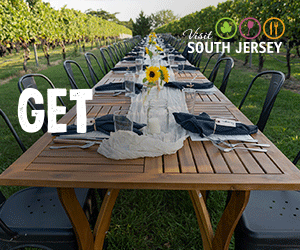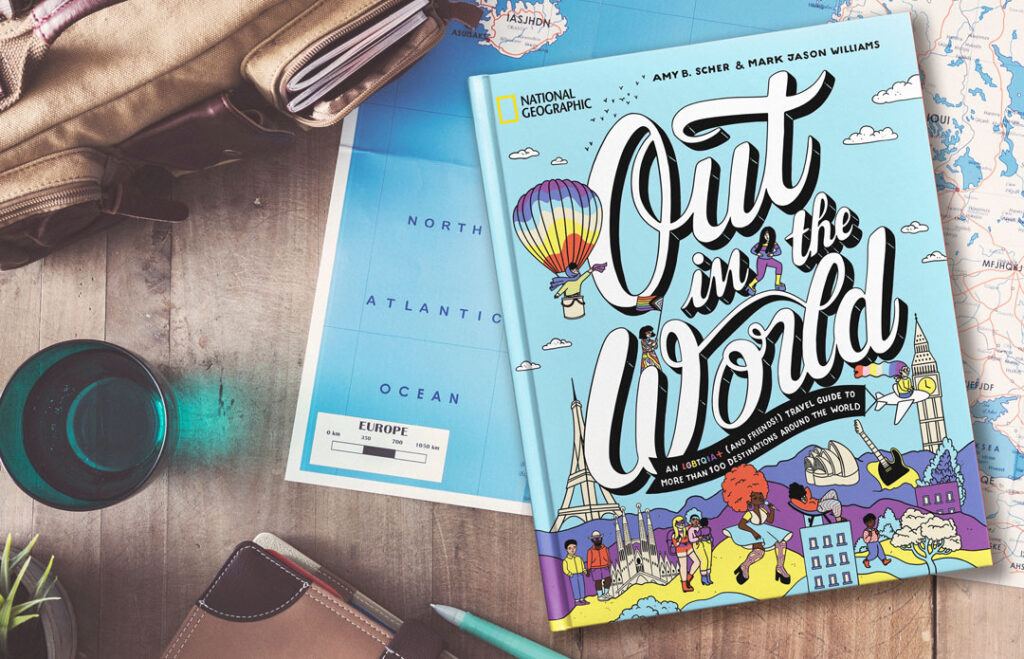
Out in the World is the LGBTQ Travel Guide We’ve Been Waiting For
This first-of-its-kind travel guide explores inclusive destinations around the world where LGBTQIA travelers and their allies can have a unique and memorable vacation experience.
Now, here is a fun, uplifting guidebook with a difference! In a world that perhaps feels a little anxious or unfriendly, Out in the World takes you in hand and with a companion-like familiarity, and visits destinations in the United States and overseas—from small towns in U.S. red states and insider takes on international locales. This book is both informative and experientially-driven. It’s brimming with those sensory impressions and emotional enrichment we all hope to glean from travel. It takes us beyond the gayborhoods and Pride parades while still sniffing out the best and least-known LGBQT+ communities and Pride points of interest. Each chapter is cleverly contained around a theme, such as “Boozy Trips and Trails,” and “Fun Haunts and Spooky Spirits.” The authors are Amy B. Scher and Mark Jason Williams, and we caught up with them to find out more about Out in the World: An LGBTQIA+ (and Friends!) Travel Guide to More Than 100 Destinations Around the World, published by National Geographic.
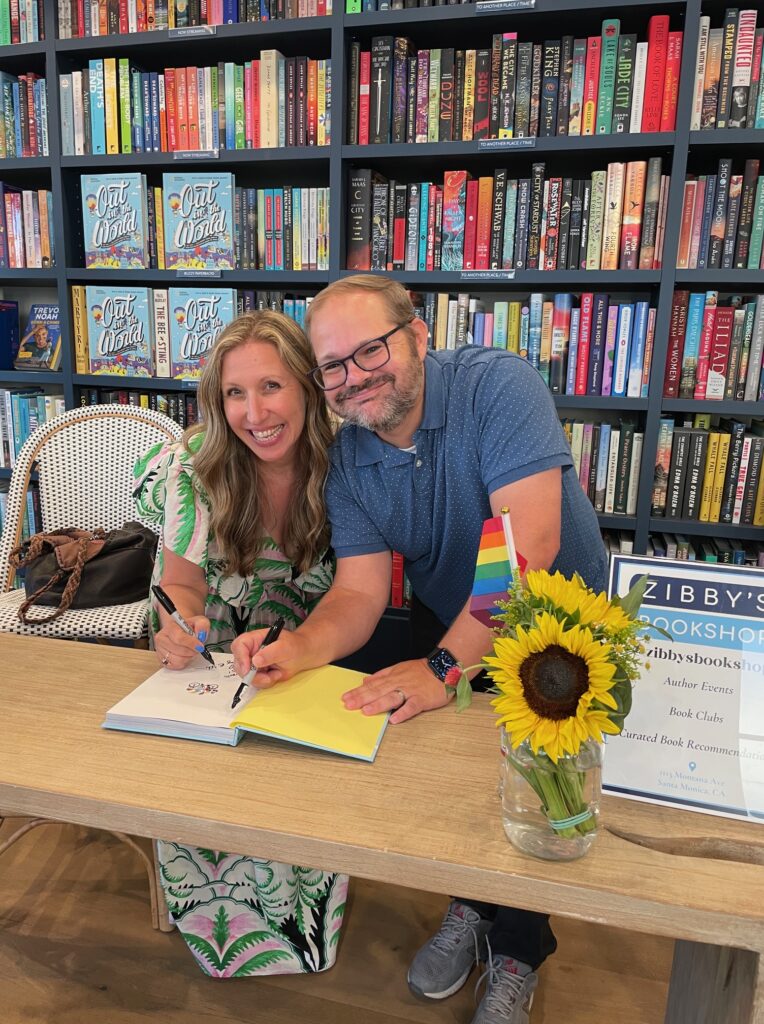
How did you two meet? Were you previously friends or travel colleagues?
Amy: I’d just moved from California to New York and was on a panel discussing my new memoir, This is How I Save My Life, with bestselling author Susan Shapiro.
Mark: I was a student of Sue’s (her writing classes are the best!), who’d published a few personal essays and was interested in writing a book. I was moved by Amy’s story, especially how she described how travel plays an integral part in healing. Despite being a bit shy, I went up to her after the panel and said that, as a survivor of childhood leukemia, I very much related to her story.
Amy: There was a natural connection. We started having dinners, shared our writing, and found ways to help one another, becoming great friends in the process. s a lifelong New Yorker, Mark was my go-to person for advice on the city.
Mark: I just told her what subways to take, really.
Amy: I also discovered he’s an incredible travel planner. I can call him and say, “Okay, I want three days, no more than a three-hour flight from New York, a beautiful beach, and a cute town,” and he’ll have suggestions within minutes. Between that and his amazing writing, I knew we could write a great travel book together someday.
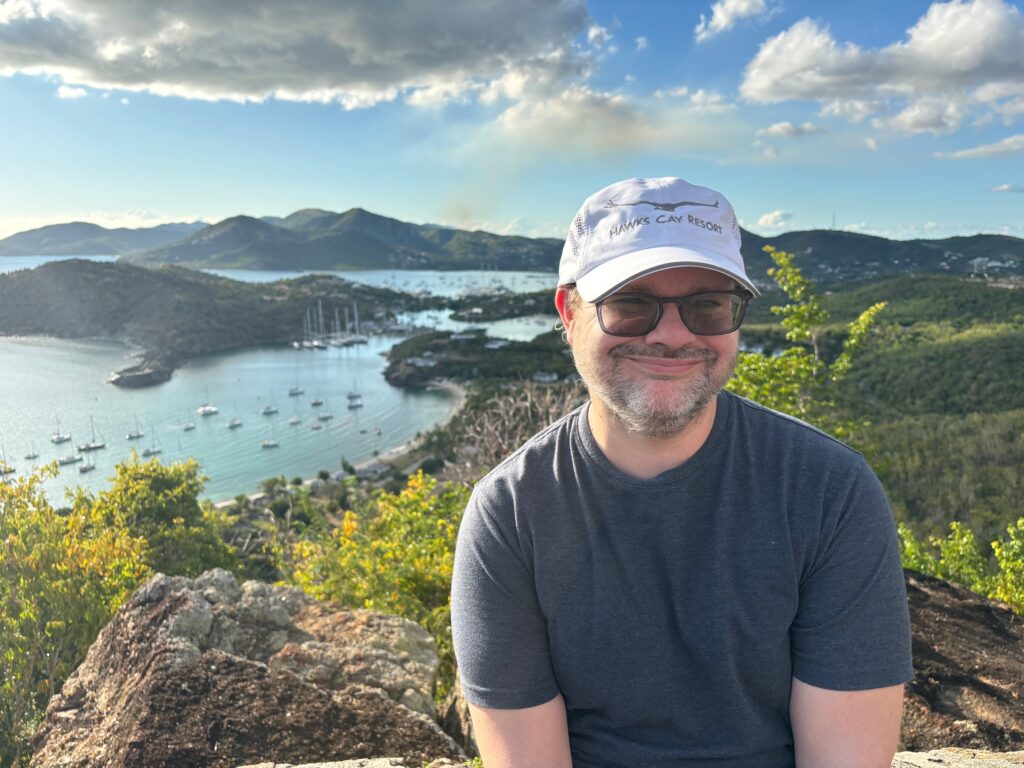
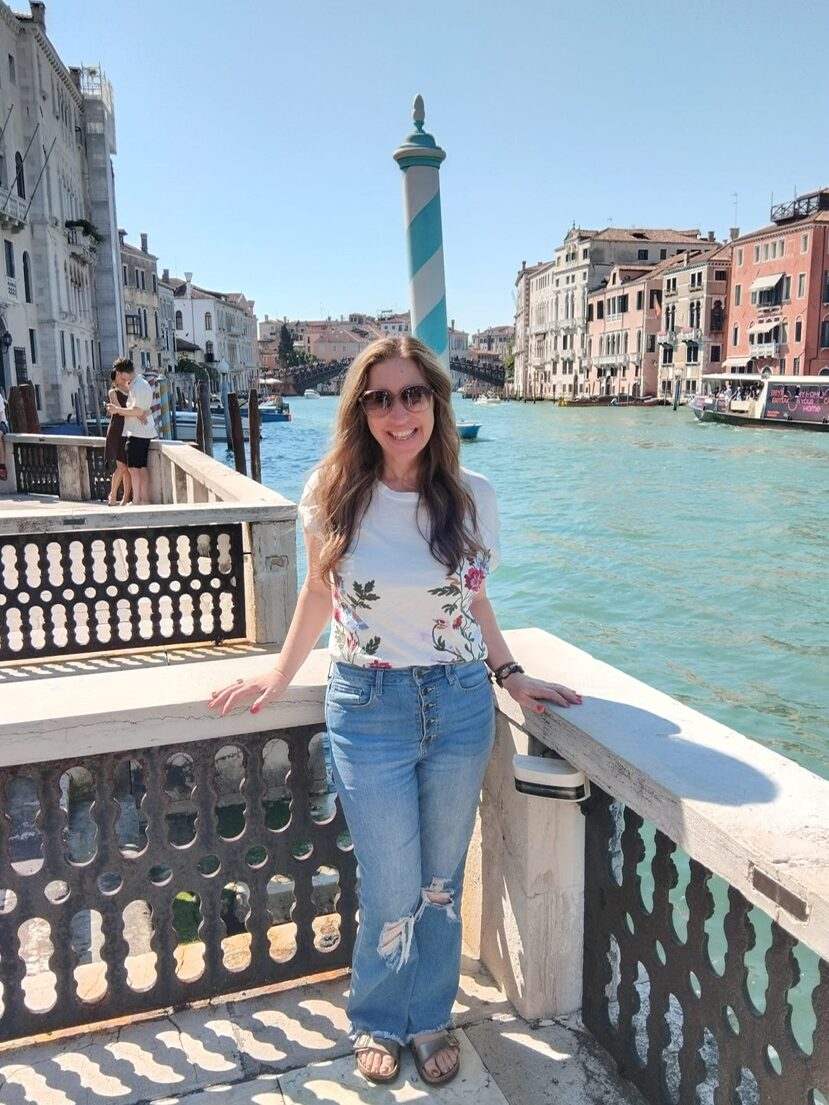
How did the structure of the book occur to you? And why 120 destinations?
Amy: We were both looking to go on vacation with our spouses and, while we appreciate known LGBTQ-welcoming hotspots, we wanted something different, but felt there was a lack of information.
Mark: If there was a queer section in a travel book, it was in the back and focused on bars and clubs. I’m like, hey, I’m a middle-aged gay guy, where can my husband and I find adorable bookstores and antiquing in the Midwest? No book told us how to do this, so we wanted to fill a huge void in the market and come up with a meaningful approach that empowered LGBTQ+ travelers to find welcoming destinations that they may not have known about.
Amy: We also travel a lot with our family and friends and realized that many of us all want to visit the same places, so we wanted to also highlight places where the LGBTQ+ community and our friends, family, and allies could enjoy together.
Mark: We had way more than 120 destinations at first, and I loved that there were so many choices! We capped it at 120 so the book could be informative but not overwhelming.
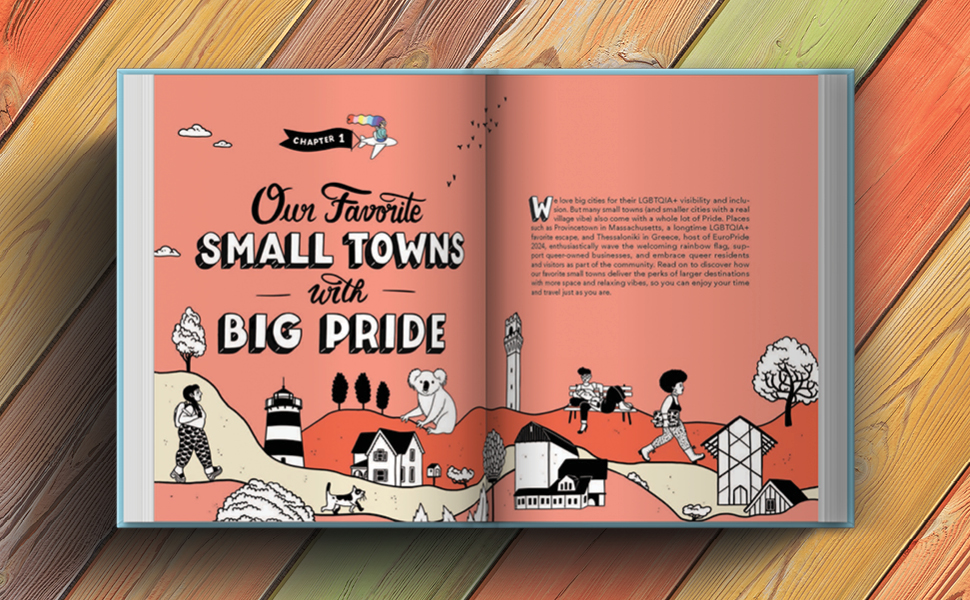
Each chapter is themed in a certain way, and it’s very creative and laterally minded. Why this approach?
Amy: When we looked at some other travel books, they were all categorized by geographical location, but Mark and I are the type of travelers who plan trips by our mood, asking ourselves what we need right now or what kind of vibe we’re after. We realized that many other travelers are doing the same.
Mark: Fewer people are waking up and thinking, “I want to go to the Northeast today.” Instead, it’s like Where can I find a beautiful beach, a romantic destination, a great foodie town, or someplace haunted. We wanted to tap into this sentiment and also be more playful, fun, and user-friendly so that readers could find a destination based on what they might want in a particular moment, instead of feeling like “I must go to this specific place and do this specific thing.”
Pick a ‘desert island chapter’—imagine the places in this chapter are the only ones you can forever travel to.
Amy: I’d go with our chapter, “Romantic Rendezvous”, since I love traveling with my wife, and it includes Monterey Bay, Venice, and Los Cabos—three of my favorite places!
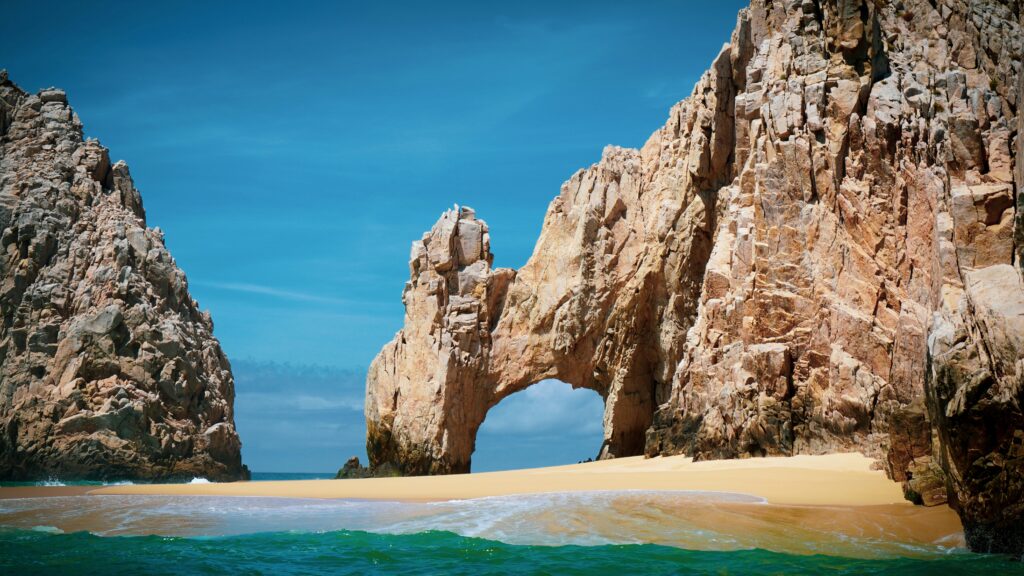
Mark: That’s a tough one! I’ll say, “Can’t Miss Coastal Spots,” because I love the beach and will never say no to a place like Curacao or the Seychelles, but the chapter also includes some cool cities like Sydney, which I would happily return to again and again.
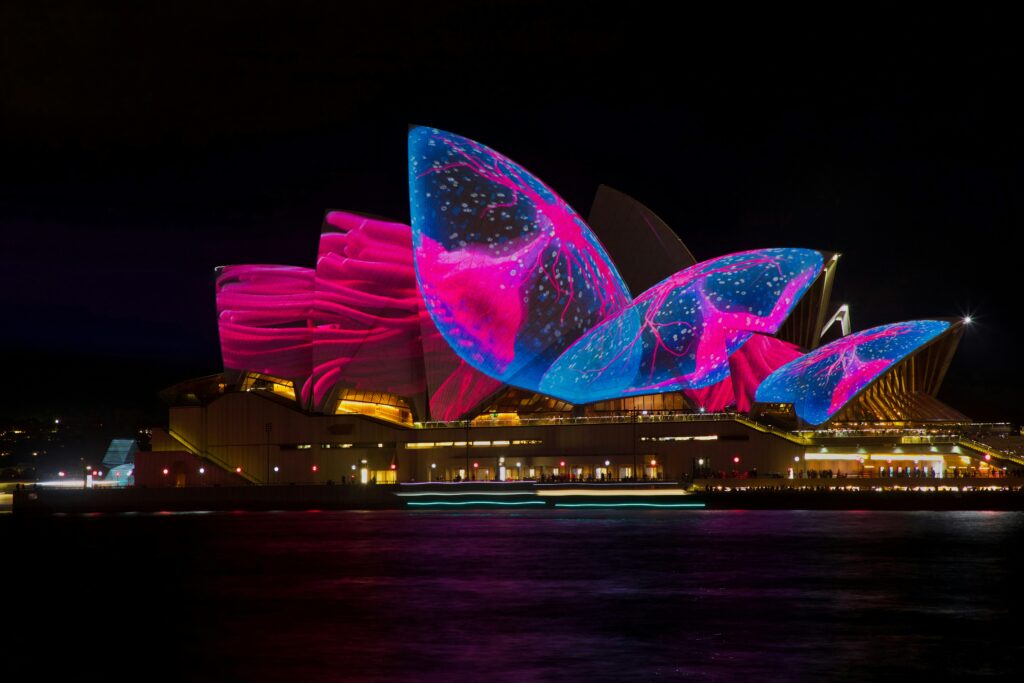
A fun fact you did not previously know but discovered while traveling and/or researching this book?
Amy: The Asheville, North Carolina area has 83% more LGBTQ+ identified people than the typical American city or town!
Mark: I learned that Malta was the first European country to ban conversion therapy and is one of the most trans-friendly destinations around.
Which chapter is useful about where we find ourselves in 2025?
Amy: The “Nature and Nurture Chapter,” because we can use welcoming getaways in places like Iceland and Nova Scotia to help us recharge and de-stress.
Mark: Our first chapter in the book, “Small Towns with Big Pride,” feels increasingly relevant. These are places like Provincetown, Eureka Springs, and New Hope that continuously provide safe, inclusive, and fun spaces when we need them the most.

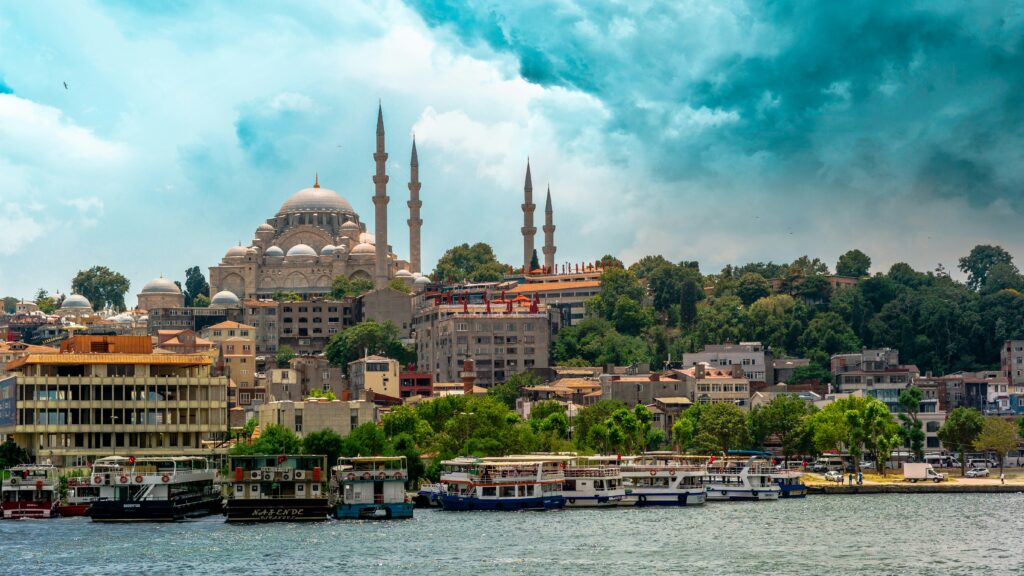
Name a place you have since been to that you wish you could’ve included in the book.
Amy: Cassis and several of the charming towns in Southern France.
Mark: I recently fell in love with Türkiye, especially Istanbul. I’d also say Tulsa, Athens (GA), and Aarhus (in Denmark) could have easily been included.
Amy: In these scary times, it’s heartbreaking that so many of us are afraid to travel right now, but for those who are able or feel comfortable doing so, I hope Out in the World makes you feel seen and helps you find someplace fun to enjoy—because we all deserve that!
Mark: We’re so happy to have written National Geographic’s first LGBTQ+ travel guide and hope that, despite the challenges, setbacks, and fears, we reach a point where we have even more choices of places to visit. I’m grateful that the world has become more inclusive since I first started traveling 30 years ago, and I’m really proud to travel as I am and be part of a strong, resilient community that has changed minds and attitudes in so many places around the world.
Buy Out in the World here.

